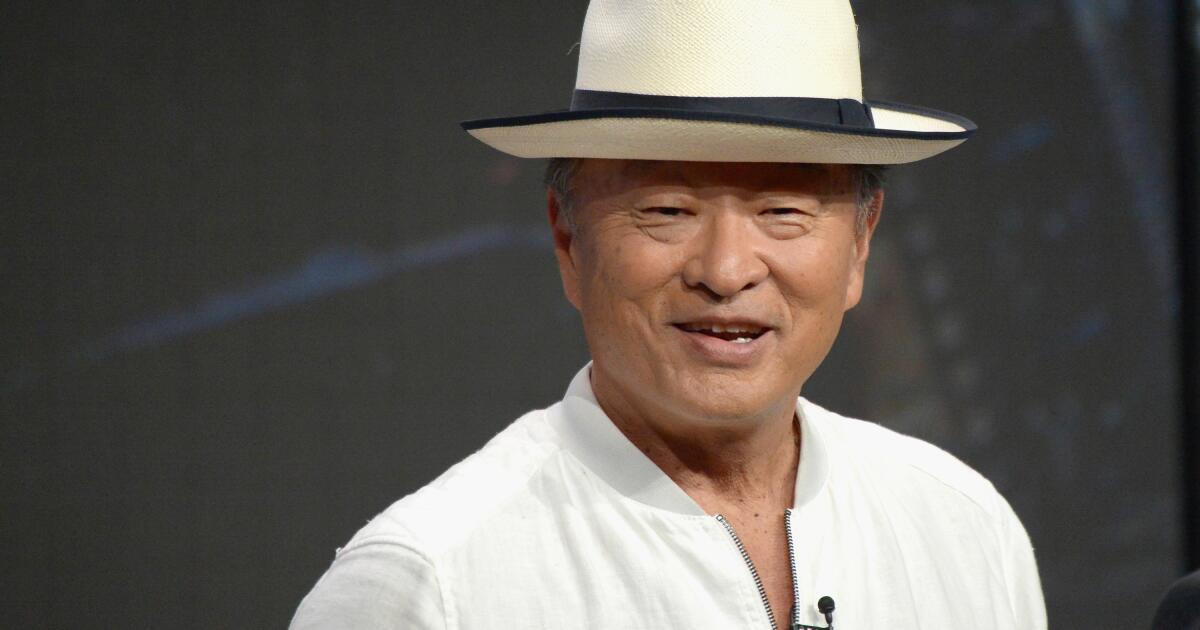Cary-Hiroyuki Tagawa dead: ‘Mortal Kombat’ star, martial artist was 75
Cary-Hiroyuki Tagawa, the Japanese American actor whose powerful glare and graceful menace made him a fixture of action films for more than four decades, has died at 75.
Tagawa, known for his roles in the “Mortal Kombat” films, “License to Kill” and “The Man in the High Castle,” died Thursday of complications from a stroke, a representative confirmed to The Times. He died in Santa Barbara while surrounded by family members.
Tagawa was born in Japan and raised partly on U.S. military bases before coming to Los Angeles, where he taught his own style of martial arts called Chu Shin. He was discovered by Bernardo Bertolucci and cast in “The Last Emperor,” which was released in 1987.
His role in the Oscar-winning epic quickly propelled him to fame, and he went on to star in more than 30 films, many of which showcased his combat skills.
Tagawa became one of Hollywood’s most reliable character actors, typically cast as the elegant and cunning villain.
“I had the privilege of representing Cary-Hiroyuki Tagawa for many years as his long time manager, but our relationship grew into something far deeper — he became like family,” said manager Margie Weiner in a statement. “Cary was a rare soul: generous, thoughtful, and endlessly committed to his craft. His loss is immeasurable. My heart is with his family, friends, and all who loved him.”
His most defining role came in the 1995 film “Mortal Kombat,” in which he played the evil sorcerer Shang Tsung — a performance that became a cult classic made especially memorable by his enduring line, “Your soul is mine.” He reprised the character in the 2013 television series “Mortal Kombat: Legacy” and voiced Tsung in the video game Mortal Kombat 11, introducing his work to a new generation of fans.
He later stared as trade minister Nobusuke Tagomi in Amazon’s “The Man in the High Castle,” a performance that earned him some of the strongest critical notice of his career. He was a lead character for three seasons of the show, which came out in 2015.
Away from the screen, Tagawa was known as a warm, charismatic mentor who encouraged younger actors and martial artists.
“Cary was a great talent and a wonderful man,” said his publicist, Penny Vizcarra, chief executive of PV Public Relations. “Our entire team loved working with him and appreciated how he treated everyone with love and respect.”
Tagawa is survived by his children, Calen, Byrnne and Cana, and his grandchildren, River and Thea Clayton.
